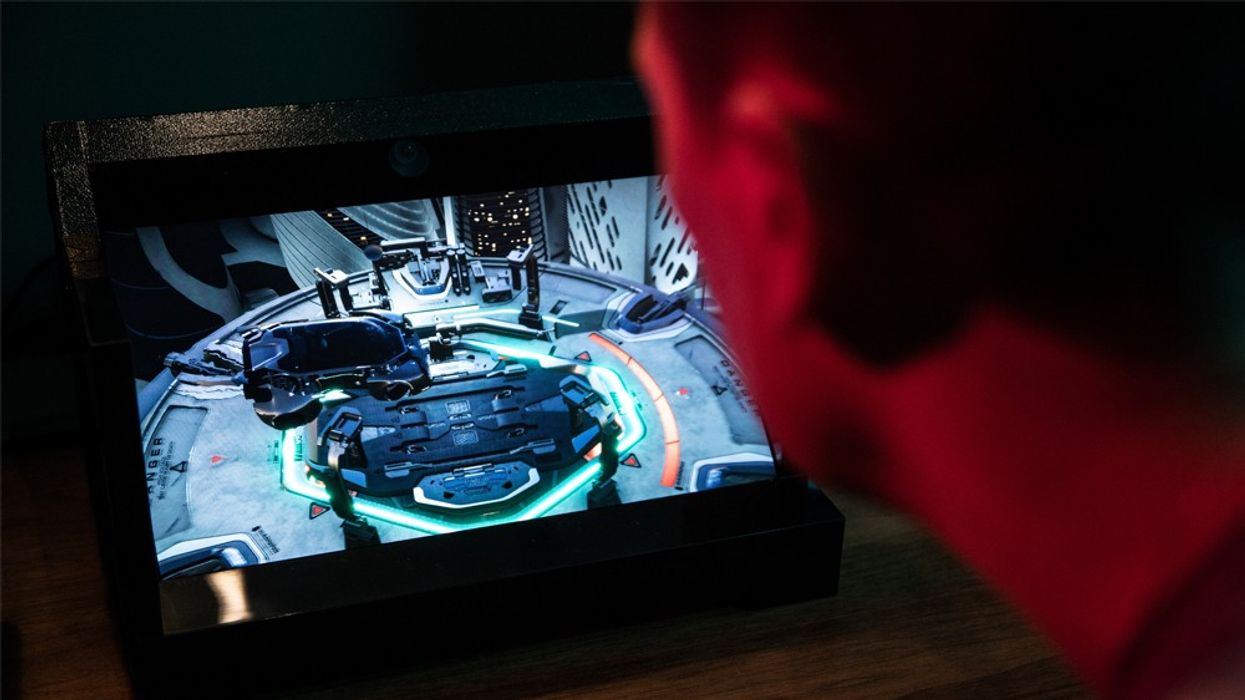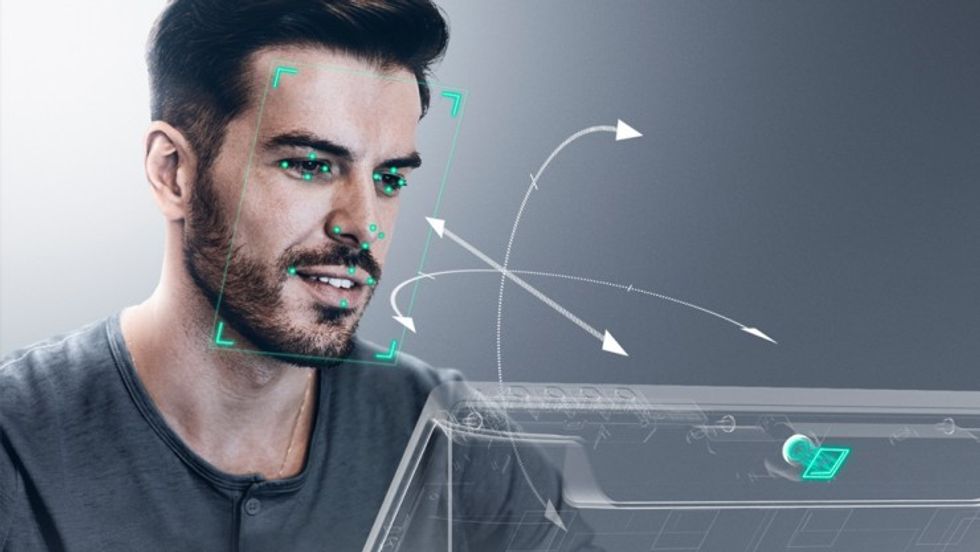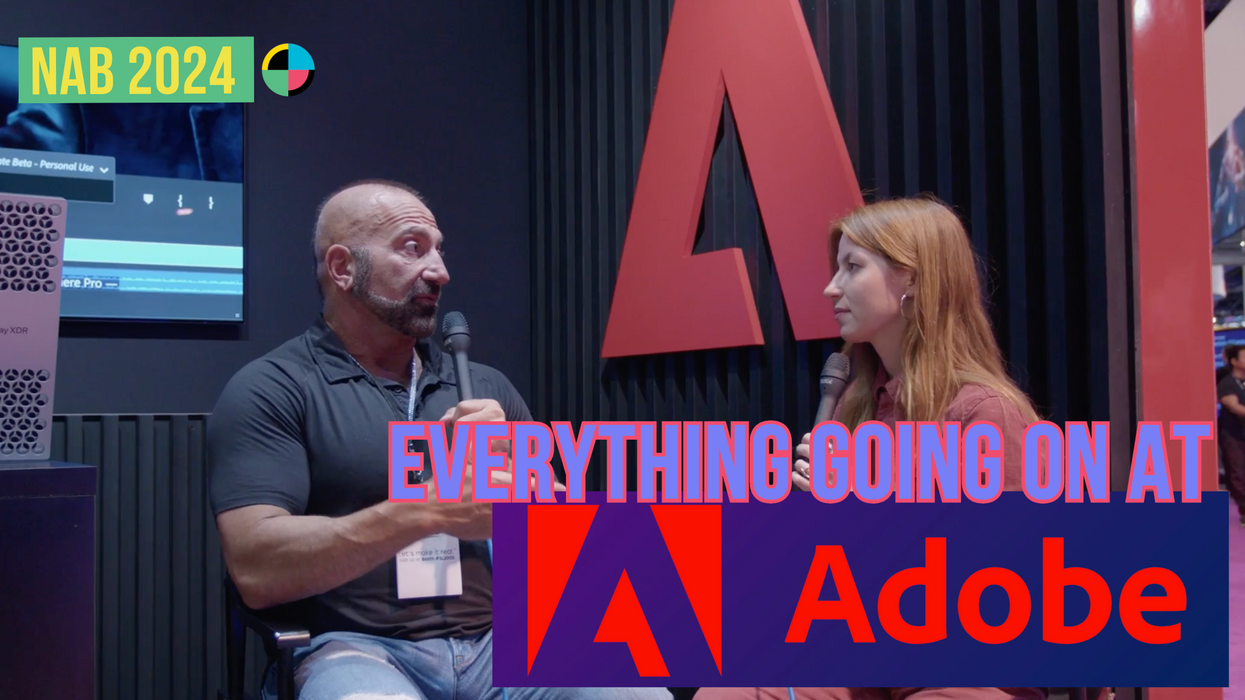Sony's Spatial Reality Display Is the Dopest Tech You'll See Today
It's basically 3D without glasses.

Sony has revealed a new display that allows you to experience 3D with the naked eye. Aptly named the Spatial Reality Display, it uses Sony's Eye-Sensing Light Field Display (ELFD) technology, which debuted at CES earlier this year, to produce the life-like images without requiring virtual reality glasses or a headset.
The technology behind ELFD combines high-speed sensors, face recognition algorithms, and a micro optical lens to create the spatial reality experience. No Film School was invited to an early demo to see how the display works and it's freakin' cool.
When you first see it, you're like, "I need this in my life."

While we were watching the demo, you start to think about all the different applications this could be used for: virtual reality, augmented reality, mixed reality. Essentially, anything in the extended reality (XR) space. But if you dig a little deeper, you start to think about education or health care providers where doctors could show patients what's exactly wrong with a body organ and teachers could interact with students on a more visual level. Sony sees the potential for the display in other areas, too. Car design, architecture, character animation, video games, or possibly at science centers for interactions.
Part of the demo included an interaction with the upcoming film Ghostbusters: Afterlife. After some crisp 2D footage from the film was played, viewers are transported into a shed where they can interact with a 3D version of the iconic Ectomobile. Using your hand, you could move around Ecto-1, change its size and shape, among other things. What stood out about the experience was its fluidity. There was no real lag, frame rate issues, or sharpness issues. It's like looking at any other display screen, but the images are in 3D and you can interact with them.
Now bear in mind, this technology isn't without hurdles. To display the images, you're going to need a fast computer. Sony recommends at least CPU of Intel Core i7-9700K @3.60GHz along with a graphics card like the NVIDIA GeForce RTX 2070 SUPER or faster. And to create the 3D images, you'll need to use Unity or Unreal Engine 4 software.

To dive more under the hood, the vision sensors of the display follow the exact eye position on the vertical, horizontal, and depth axes. As it tracks your eye movement down to the millisecond, the images are rendered to the exact position of your eyes. The micro lens actually divides the image into the left and right eyes allowing for the stereoscopic view.
During the demo, we moved around quite a bit, even backing up from the display. Whoever developed the algorithms to display the content in real-time needs a bump in salary, cause the experience was flawless.
For those interested, Sony is holding another virtual demo of the product on October 22, 2020 at 12PM PT. You can jump over to EventBrite to see it for yourself.
From a technical standpoint, the Spatial Reality Display is a 15.6" wide monitor with a resolution of 3840 x 2160 and a color gamut the supports approx. 100% of AdobeRGB. It made to be used in dark environments, but it's brightness is 500 nits with a contrast of 1400:1. Speakers are also built into the display. Expect the Spatial Reality Display to arrive sometime in November with a price tag around $4,999 USD and $6,649 CAN.












